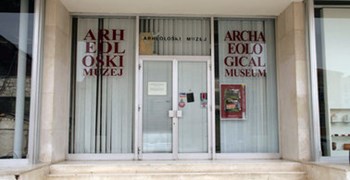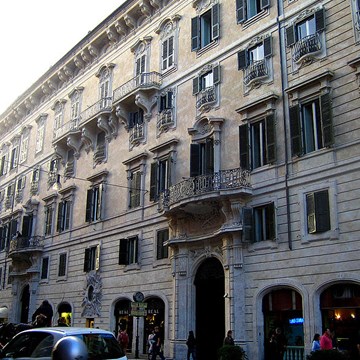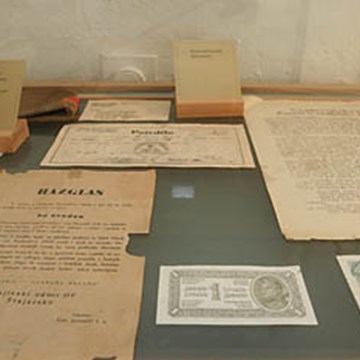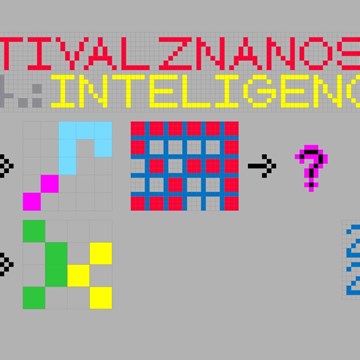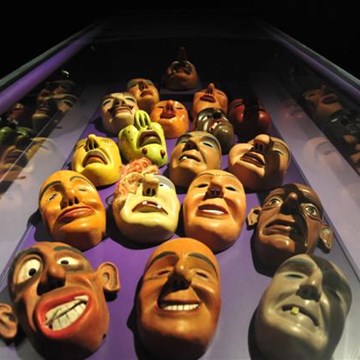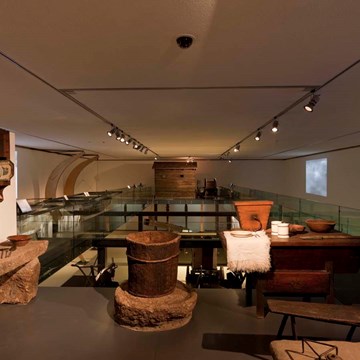Underwater Archaeology
A special pavilion was built (room 5) to display the results of the many years of underwater excavations in the region of Nin and at Zaton, where the Roman harbour of Aenona was located. The room is dominated by the two early Croatian ships (Condura Croatica) discovered at the entrance to the Nin harbour. The larger boat was conserved and entirely reconstructed, while the other was conserved and presented in the condition in which it was preserved. Radiocarbon analysis (C14) of wood samples has dated the boats to the second half of the 11th century. A partly reconstructed serilia, the vessel used by the prehistoric Liburni and Histri, is also displayed with these boats. The name serilia indicated that they were "sewn" or held together by ligatures in the form of linen and broom cords. The remains of three Liburnian seriliae have been discovered to date in the Roman harbour at Zaton. The last case displays numerous remains of ship equipment, fishing tackle, pottery and glass vessels, coins, jewellery, and other material that was discarded or fell by chance into the silty bottom of the Roman harbour at Zaton.
Text source
Image source
Exhibitions and events
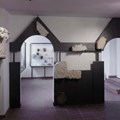
The Early Medieval Period
Permanent exhibitionThe early medieval period (from the early 7th to the end of the 11th centuries) is presented in the fourth and sixth rooms. The fourth room displays early Croatian grave goods collected through many...
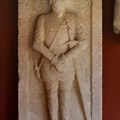
The Lapidarium
Permanent exhibitionThe stone monuments from Nin and its immediate surroundings are on display in the lapidarium. The collection consists of stone monuments from the Roman, Medieval, and early Modern periods. These...
Activities from this museum
We don't have anything to show you here.
